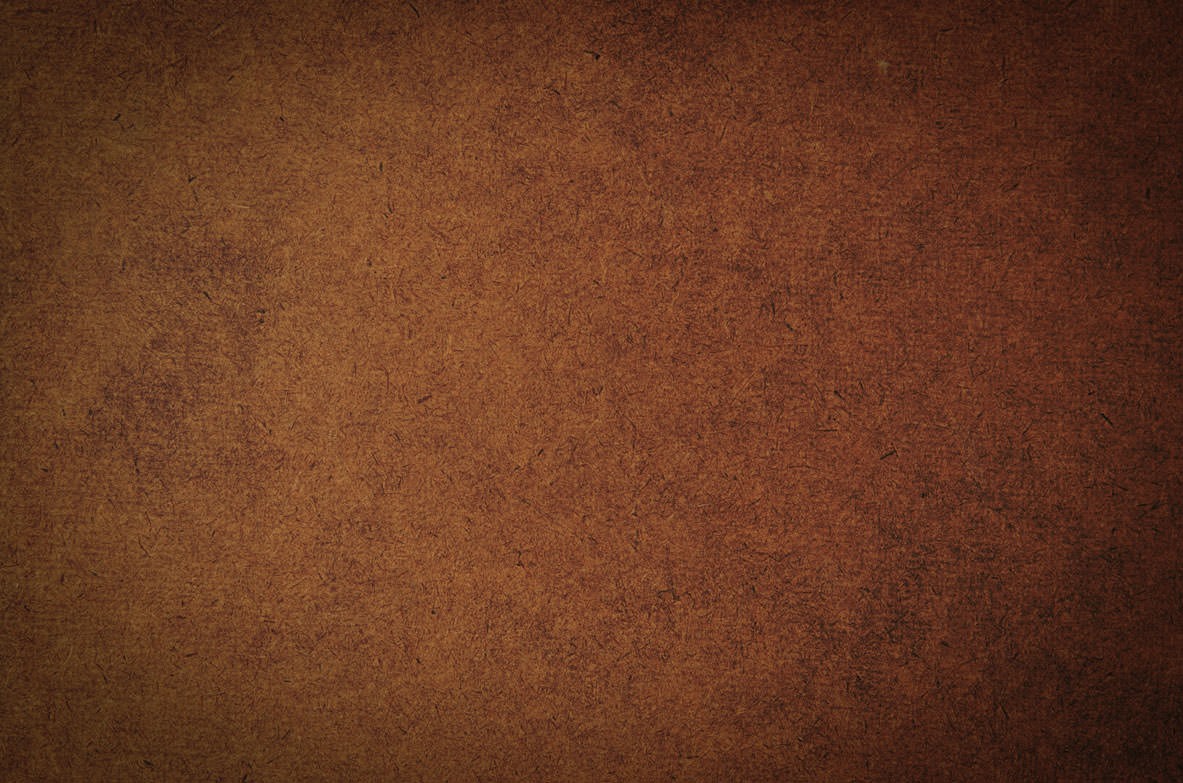

yesilay.org.tr
35
YEŞiLAY
•
E
vents are annually held to raise public
awareness about drug addiction and
traffickingaspartof June26 Internati-
onal Day against DrugAbuse and Illicit Traffi-
cking, which is a United Nations International
Day. The World Drug Report, penned down
by the United Nations Office on Drugs and
Crime, isannouncedonthisday.The2016re-
port, announced on June 26, drew attention
to the fact that the number of drug addicts
worldwidehas reached29million.
Onlyoneout of sixpeople receives treatment
The report found that approximately 5 per-
cent of the adult population, i.e., approxi-
mately 250 million people aged between 15
and 64, used at least one drug in 2014. The
numberofthepeoplewithsubstanceusedi-
sorders has increased for the first time in six
years, from27million to 29million. Of 29mil-
lionpeople,approximately12million, including
14 percent HIV-positive people, use injecting
drugs. 6million people have hepatitis Cvirus.
Only one out of six people with substance
usedisorders receives treatment.
The report found no change in the number of
the drug-related mortality rate compared to
previous years, registering it as 207,000.The
periodafterreleasefromprison isconsidered
asthetimewhentheriskofdrug-relatedde-
ath increases; it has a rate higher than all ot-
hercausesofdeath inthegeneralpopulation.
Cannabis is still the most popular drug
around the globe and the number of can-
nabis users is estimated to be 183 million.
Cannabis use increases in parallel to the inc-
rease in acceptability of drugs especially in
Western countries. An increase in the num-
ber of people who apply for treatment due
to cannabis use has been reported for many
regionsduring the last 10years.
Amphetamines are the second most widely
used drugs. While opiates and prescribed
opioids are less common with an estimated
number of 33 million users, opioids fall into
the drug categorywith the highest potential
harms. Despite the declining rates in previ-
ous years, heroin use has rapidly increased
in North America and Western and Central
Europeduring the last twoyears.
Menprefer cocaine,womensedatives
Men are three times more likely to use can-
nabis, cocaine or amphetamine than wo-
men, the report finds. By contrast, women
are more likely to use opioids or sedatives
for non-medical purposes. According to the
2016 report, the number of drug-related de-
aths was 85,900 in Asia, 52,500 in America
and39,200 inAfrica.
In North America, the number of cocaine
users fell to 5 million in 2014 from 7 million in
1998. In South America, on the other hand,
thenumberofcocaineusersrosetoapproxi-
mately5million in2014 from3million in 1998.
Thisfigure increasedfrom2millionto4million
inEurope.
Worrisome drug trade over the Internet
The most widely produced drug between
2009 and 2014 was cannabis, and in 2015,
the poppy production declined while the
cocaine production increased. Cannabis
is still the most trafficked drug worldwide.
However, there is a considerable increase
in the number of operations where synt-
hetic drugs are seized.
The report draws attention to the fact
that drug trade on the clandestine online
market, known as the Dark Net, has incre-
ased in recent years. This raises concerns
in that it may facilitate the access to dru-
gs, attracting new users in developed and
developing countries. Twenty five percent
of cannabis, about 40 percent of the ecs-
tasy-like drugs, and 30 percent of halluci-
nogens like LSDs are sold on the Internet.
The global opium production particu-
larly in Southwest Asia, Southeast Asia
and Latin America declined to 4,770 tons
with a 38-percent decrease in 2015. This
decline is largely due to the decrease in
the opium production in Afghanistan. Ne-
vertheless, Afghanistan still accounts for
two-thirds of the total area where poppy
is grown, i.e., 183,000 hectares. This figure
decreased by 11 percent compared to the
last year.
Another noteworthy development of
recent years is that more than 170 tons
of amphetamine-type synthetic drugs
were seized in 2014. Globally, 24-46 tons
of amphetamines have been seized since
2009. The amount of ecstasy captured
rose to 9 tons in 2014 from 4-5 tons in
2009.
Drawing attention to the overall increase,
the UN recommends that the countries
should formulate their drug policies consi-
dering the gender differences. The UN also
suggests that in drawing up their policies,
the countries and NGOs should rely on
scientific data and take measures against
stigmatization of drug users.
WORLD DRUG REPORT 2016 ANNOUNCED
NUMBER OF DRUG ADDICTS REACHES 29 MILLION
GREEN CRESCENT-2016















